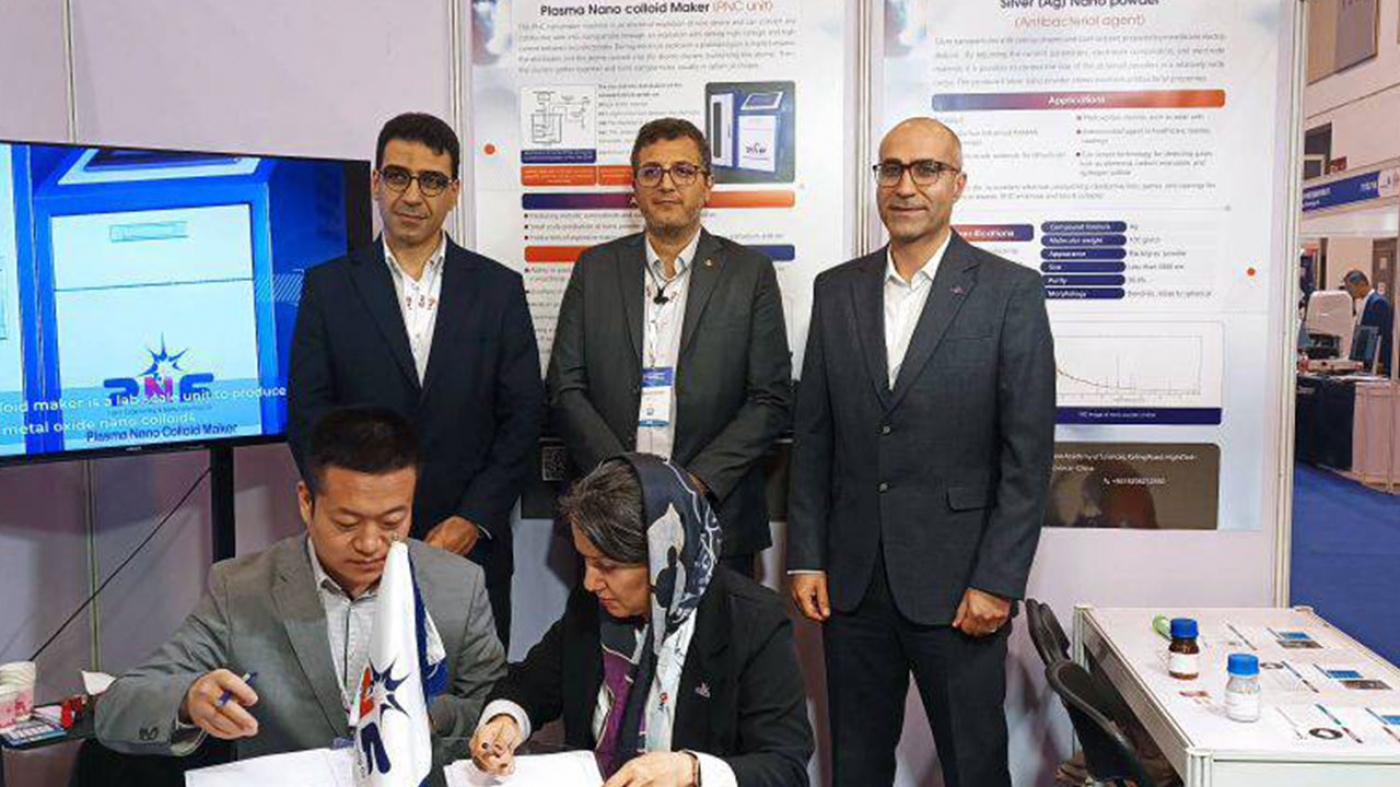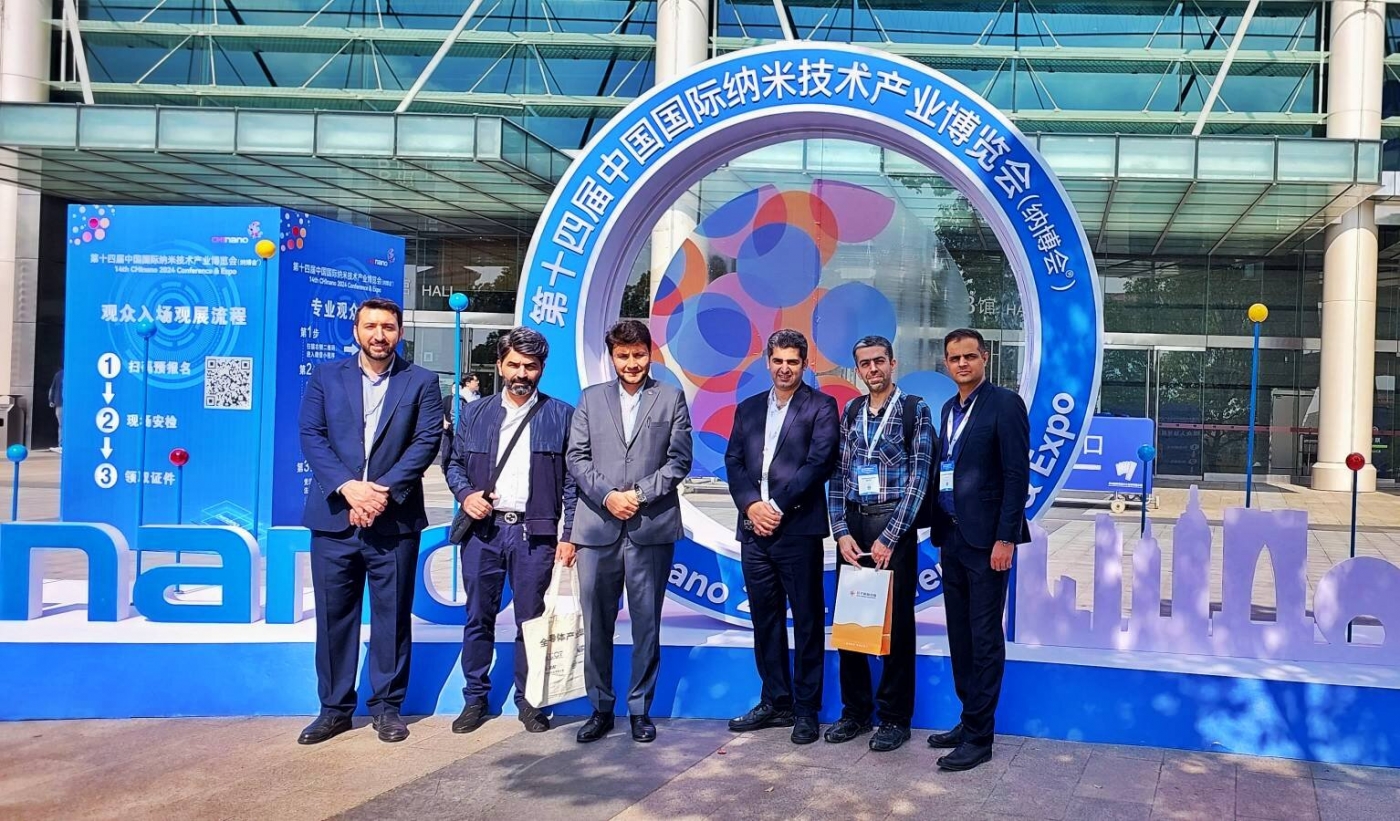
A general review on forty standards published by various countries over carbon nanotubes shows that Iran bears the highest contribution with twelve released standards. Additionally, Asian countries benefit from the highest share of published standards in the field of carbon nanotubes.
Based on the standards recorded in StatNano Standards Bank, among 400 published nanotechnology-centered standards, only forty ones belong on carbon nanotubes.
Releasing twelve standards, Iran has published the largest number of standards in the field of carbon nanotubes. After Iran, ISO, with 11 standards, China, with 8 standards, and South Korea, with 5 standards have obtained the next positions. The remaining standards relate to Germany, Malaysia and Indonesia.
Iran has published three standards per year in the field of carbon nanotubes from 2013 to 2015. Among the standards published in 2015, two specific ones are related to single-walled carbon nanotubes and other is developed for all nanotubes. Also, among twelve Iranian standards over carbon nanotubes, 10 ones are associated with the characterization of carbon nanotubes through different methods and tools including gas chromatography, scanning electron microscopy (SEM), energy-dispersive X-ray spectroscopy (EDS), photoluminescence, UV-Vis-NIR, termogravimetry, inductively coupled plasma spectroscopy (ICP) and tunneling electron microscopy (TEM). Two other standards are also related to the synthesis of carbon nanotubes.
Conversely, all eleven standards published by ISO over carbon nanotubes are related to the characterization of carbon nanotubes. Of these standards, eight standards belong on single-walled carbon nanotubes, and only three ones are allocated to multi-walled carbon nanotubes. Therefore, the number of Iranian standards published over the characterization of single-walled carbon nanotubes is larger than that of multi-walled ones.
Similarly, the characterization and synthesis of carbon nanotubes are the main focus of Chinese standards, so that both single-walled and multi-walled carbon nanotubes bear the same contribution.
A fascinating point is the high share of Asian countries in the publication of standards over carbon nanotubes. Among forty standards in this area, twenty seven standards were published by seven Asian countries. Also, ISO and Germany have published thirteen standards overall in the field of carbon nanotubes.
Reference: statnano.com




